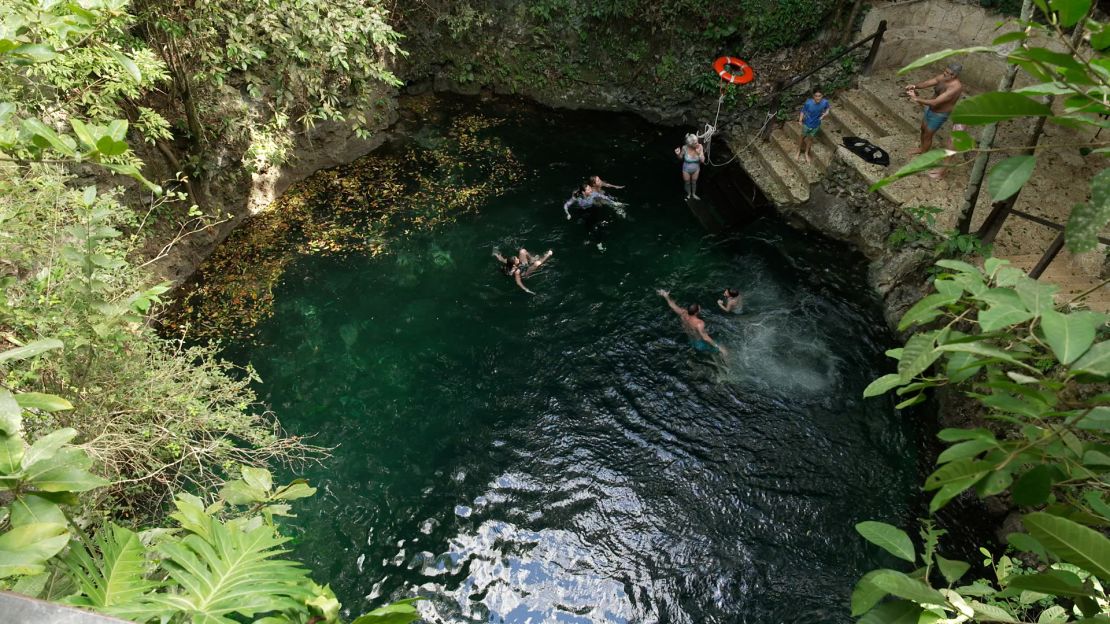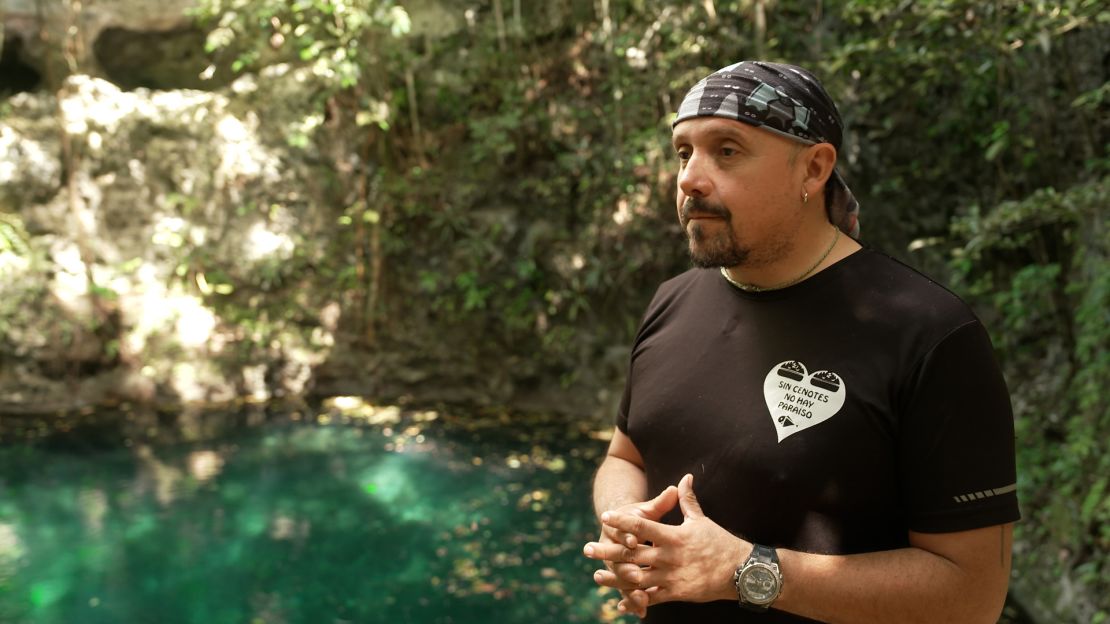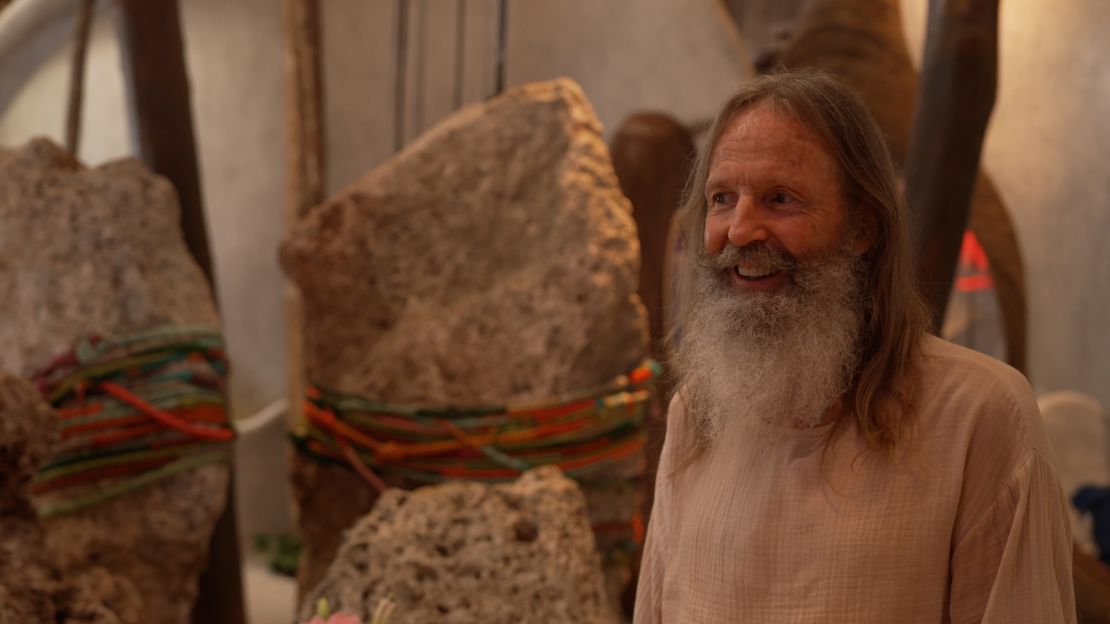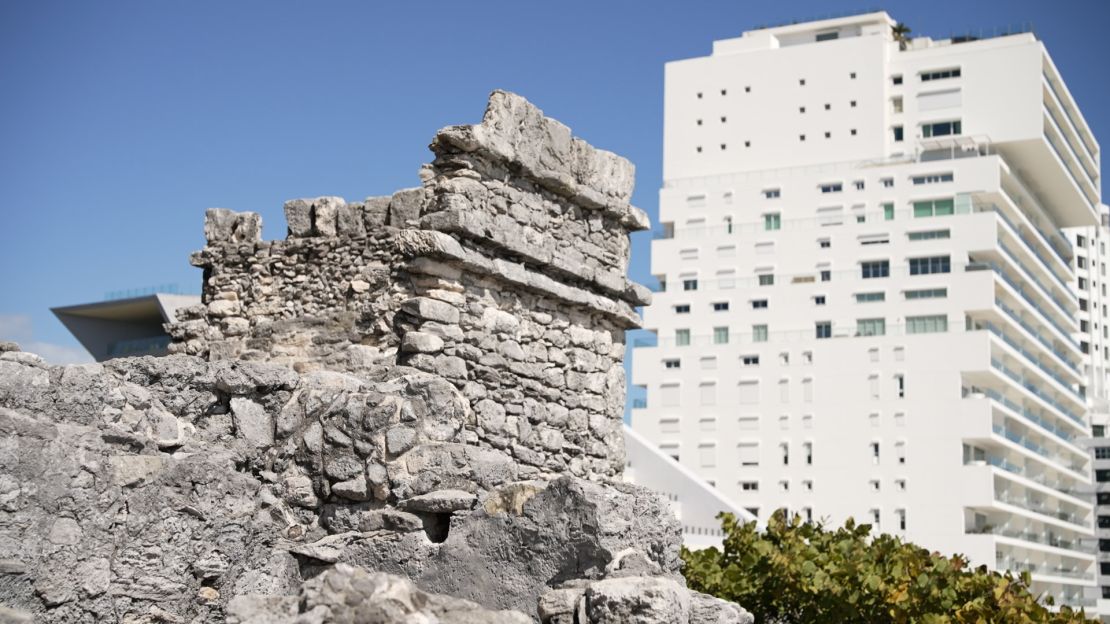Cancun. It’s all just sun, sand and partying, right? Well, wrong. This famous tourist hotspot on the Yucatan Peninsula may have become a byword for excess, but from Lucha Libre to Mayan history to the natural beauty of its nearby jungles, Cancun offers so much more than a beach vacation.
Heading here right now is special too. It’s 50 years since the first hotel opened in Cancun. Back in the early 1970s, this was an empty, beautiful stretch of coastline, save for a small fishing village. The boom here, though, was not organic, but actually part of a plan to create what the Mexican government at the time dubbed a “multimillion-dollar playground.”

That plan, called The Cancun Project, gained approval in 1969 and ground was broken in 1970, with the purpose of building a new city from scratch. It would feature an area still known as the Hotel Zone, a part of town for local residents and workers to live and an airport for flying in people desperate for good weather and a good time.
Quintana Roo, which became a Mexican state in 1974, the same year that first hotel opened, is now home to a series of resorts, of which Cancun is the original.
Fast-forward and Cancun has become a runaway success. Some 21 million visitors headed here in 2023, beating tourism ministry projections and reminding everyone that it is Mexico’s ultimate must-see.
Wrestling with the past

A night out on the town in Cancun doesn’t have to involve shots, bashing each other with balloons and dancing in the street, although all of these things have their place. For something truly local, it’s best to get sporty, with a night of Lucha Libre, Mexican wrestling.
A sport with a massive fanbase, wrestlers known as Luchadores wrestle in masks which, when they lose, they can never wear again. It all makes for a colorful but brutal experience, one you can’t help but enjoy, whether it’s wrestlers being chucked out of the ring or the delicious tamales you get to snack on before showtime.
While this historic form of entertainment, which goes way back into the 1900s, offers visitors a glimpse of local culture, there’s something even older to marvel at in Cancun. Thousands of years before Cancun’s arrival on the tourist scene, the Mayan Empire built temples and cities here, their ruins still visible between the pyramid-like hotels which ape their original design.
Diving into history

To truly get to grips with the highly developed civilization which grew up here, it pays to go deep into the jungle. To Puerto Morelos and its iconic cenotes. These deep sinkholes, found throughout this part of Mexico, formed during the last ice age, when weakened limestone collapsed, offering up the only source of freshwater in the forest.
The word is derived from the Mayan language, whose people believed that they were sacred spaces, a way to access the underworld.
“They call it Xibalba,” explains Roberto Rojo, a biologist and founder of Cenotes Urbanos, a nonprofit conservation organization. “Xibalba, that’s the Mayan word for the underworld… it’s not like hell. It’s just another place in their universe.

“Many of the pyramids or the temples are built over a cenote or a cave, or very close to these places, because they were very important for them.”
So important, in fact, that whole cities and temples, like Chichen-Itza, designated one of the new seven wonders of the world in 2000, were built around them. Sacrifices were made too, with animals thrown deep into the water to appease the Mayans gods.
At Cenote Zapote, in Puerto Morelos, it’s even possible to dive to the bottom and catch sight of something that’s been there for over 10,000 years.
“This is a very special cenote because down there at the bottom [there is] a full skeleton of a big giant ground sloth that lived here during the ice age,” says Rojo.
A spiritual experience

The peninsula’s jungle also holds other secrets. Two hours from Cancun, in Tulum, hides a museum and arts center that is unusual, topsy-turvy and downright trippy. SFER IK opened in 2019. It’s part museum, part gallery and part jungle, at one with its surroundings, with no flat floors or ceilings, constructed from local timber, vines and even living trees.
The brainchild of architect and philanthropist Eduardo Neira Sterkel, also known simply as Roth, it’s designed to bring visitors closer to nature and the beauty of the forest of the Yucatan. It does so in truly one-off style, from its undulating walkways to the way in which vines droop across paths, the trees soaring above.
Roth explains that, with 200 trees making up SFER IK, it is a way of bringing nature into the everyday.
“I think that nature is the last resource we have, we have to take care of nature,” he says, when asked about why creating this amazing space was so important to him. It’s undoubtedly somewhere that you can feel calm and content, at one with the world around you. It is not the Cancun that is known for its hectic party scene. Far, far from it.
Likewise, the healing powers of a Tamazcal Ceremony stand apart from the stereotypes associated with the region. This ancient Mayan tradition is still practiced in the jungle around Cancun today, a chance to relax, detox and purify among the greenery.
There are even real local shamans on hand to lead the ceremony in the Temazcal, a stone igloo within which sits a hot fire. Think of it like a jungle sauna. The darkness of the space is designed to break down barriers between people, with ceremonies lasting up to eight hours which involve sharing feelings and thoughts.
“This is very good for our body; we are healing, detoxing,” explains the shaman from inside the Temazcal. It’s believed the Mayans took part in such ceremonies after battle or court competition. Thousands of years ago, they, like so many ancient civilizations all over the globe, understood the power of mindfulness.
The old, the new and everything in between

While natural wonders draw tourists away from Cancun, the rain, which arrives here more often than you think, drives tourists indoors, into the town’s myriad malls. This might be modern-day Mexico, but the souvenirs here have a distinctly Mayan bent, from the local handicrafts to the temple-covered fridge magnets.
Mercifully, the sun is never far away, meaning there’s time to simply marvel at the turquoise waters, the boats skimming the surface, the birds dotting the sky. There’s simply no getting away from the fact that this is an extremely beautiful corner of the world.
Like the Mayans, the visionaries of modern-day Cancun knew what they were doing when they created this tourist delight. Today it is a heady blend of the old and new, a remarkable place that is well worth exploring, from its beaches to its bars, its cenotes to its jungle delights.





